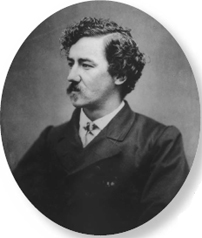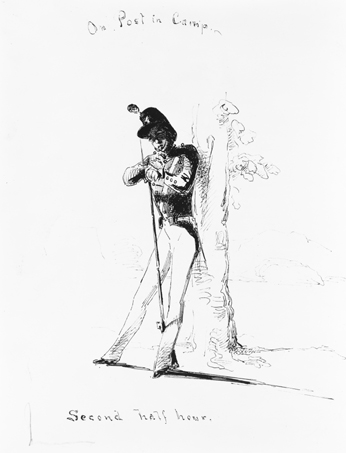Painting a picture of military failure.

The cadet had suffered his share of problems at West Point. Truthfully, the main reason he was there was because his widowed mother wanted him to become a career military officer like his late father.
His first year, he got enough demerits to be kicked out. But the superintendent of the academy, a soon-to-be-famous colonel named Robert E. Lee, was kind enough to forgive some of his demerits and allow him to continue.
In his second year he fell gravely ill, and Colonel Lee had to write his mother to come get him. After he recovered, though, he passed all his exams, even coming in number one in his drawing class. Things were finally looking up.
And then, at the end of his third year, came the fateful exam. It was an oral exam, in chemistry, and it may go down as the shortest oral exam in West Point history. The instructor asked the young man to discuss silicon.
“Silicon is a gas,” began the cadet.
“That will do,” the instructor interrupted him. With four words the cadet had managed to fail chemistry and flunk out of West Point. “Had silicon been a gas,” he said later, “I would have been a Major-General.”
But what the military world lost, the art world gained. The cadet put his skill at drawing and painting to good use, becoming one of America’s most renowned artists: James McNeill Whistler.
And his mother, Anna, who wished for him a career in the military? She is remembered as his most famous subject:
Whistler’s mother.


Apparently, a girl Whistler was painting had an accident and was no longer available to pose. Whistler asked his mother to fill in. After posing standing for several days, she became so exhausted that Whistler let her sit down, and completed the painting with her sitting. He eventually had to pawn the painting for cash. It is now displayed at the Musée d’Orsay in Paris.
Other famous West Point flunk-outs include author and poet Edgar Allan Poe and 1960s drug guru Timothy Leary.